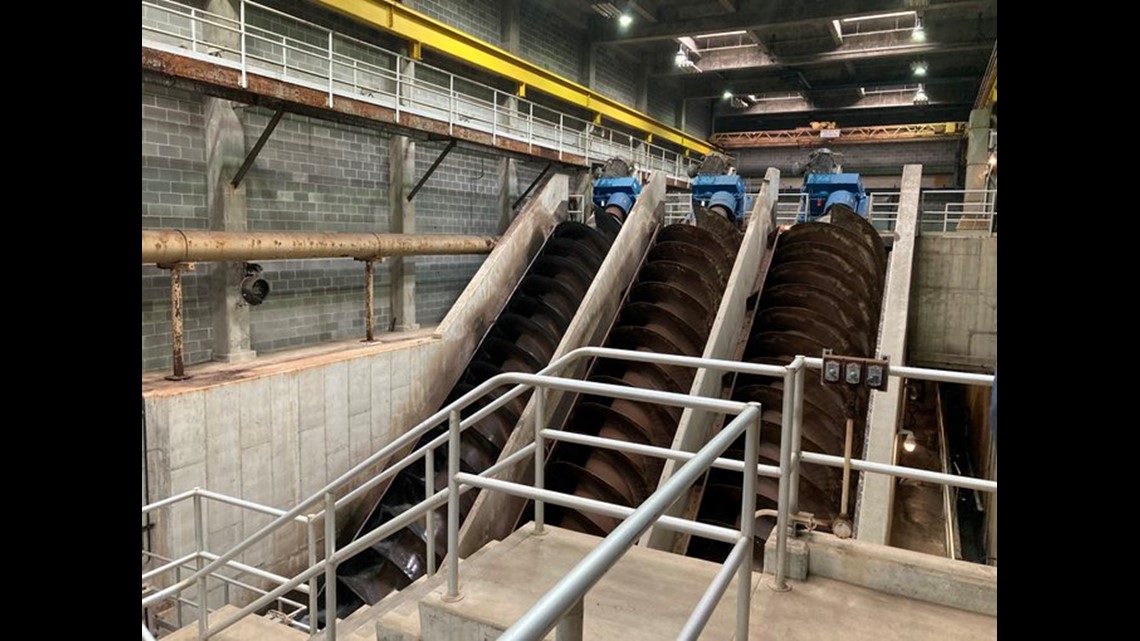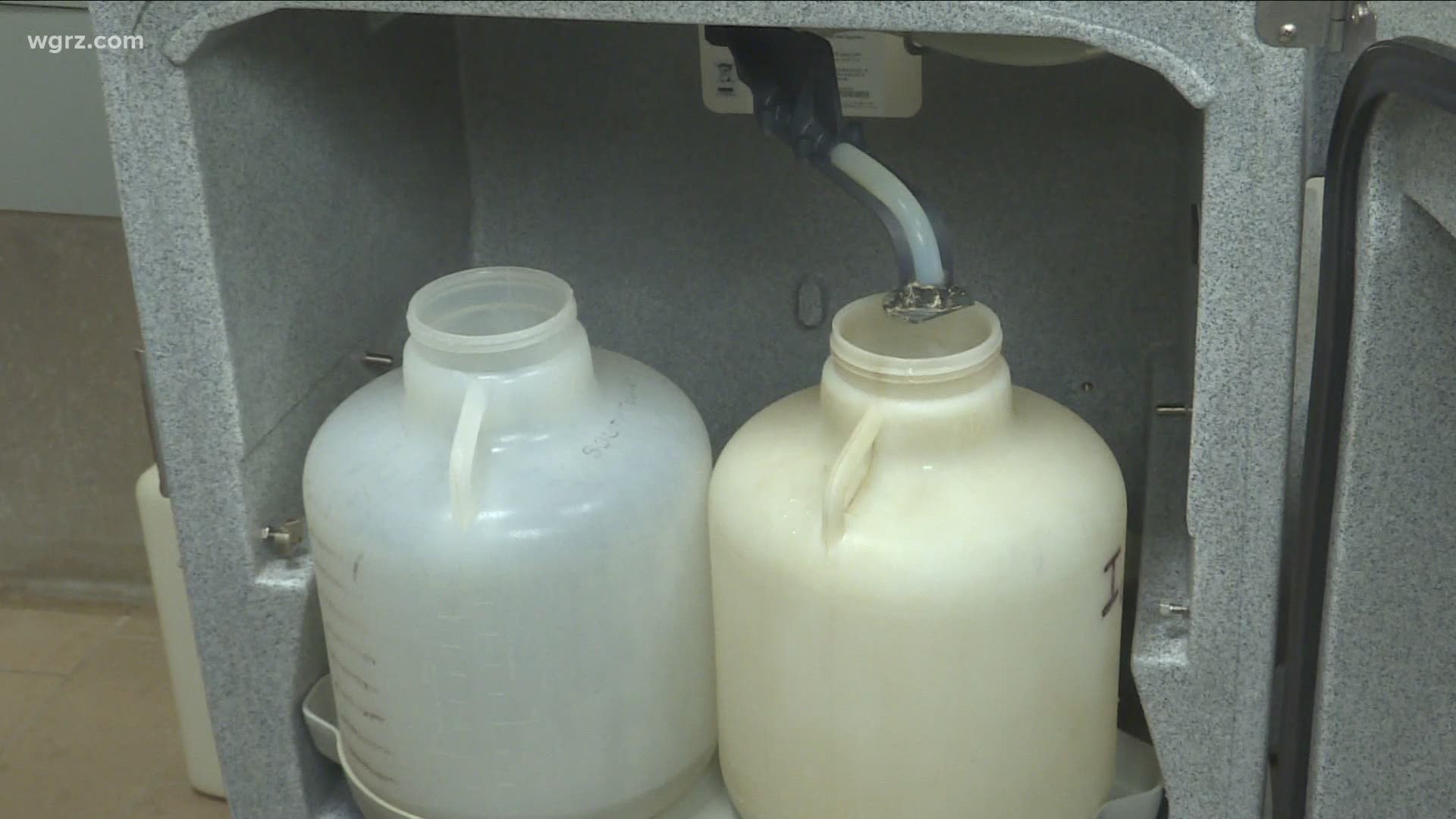HAMBURG, N.Y. — A new early detection system for COVID-19 that relies on wastewater from homes and businesses could help the Erie County Health Department identify clusters before they spread.
The pilot program, which started on September 2, has reached the halfway point and should yield results by early October.
It's operating in partnership with the Erie County Division of Sewerage Management, the University at Buffalo, and the Erie County Health Department.
"We've seen a lot of municipalities that were doing this work, and we said that this might be something that we can really use to help and contribute to our community in a way different from our traditional," according to Erie County Deputy Commissioner of Sewerage Management Joe Fiegl.
According to several studies, Fiegl said what makes the program unique is the early warning it can offer. While someone with COVID-19 might not show symptoms for several days, patients have been shown to shed virus RNA seven to 10 days before being hospitalized.
"What is really promising about this type of technology is that its really kind of a leading indicator as opposed to a trailing indicator," Fiegl said.
The samples are being taken at 10 different locations: the six largest wastewater treatment plants, one location in the City of Tonawanda, and three around UB's North Campus. The water is collected from any shower, toilet or sink connected to main sewage system.


The program has yielded five samples, and five more are planned for the upcoming two Wednesdays and three Fridays.
Because this just a pilot program, Feigl said the results still have to be vetted. Rather than scaling the sewage sampling to the entire county, they want to make sure it's worth the extra cost.
"What we're hoping is that this can ultimately be a leading indicator that can prevent outbreaks from occurring because we can have better data up front to better target areas that could likely see infections," Feigl said.
2 On Your Side plans to report the results of this program when that data is available.

